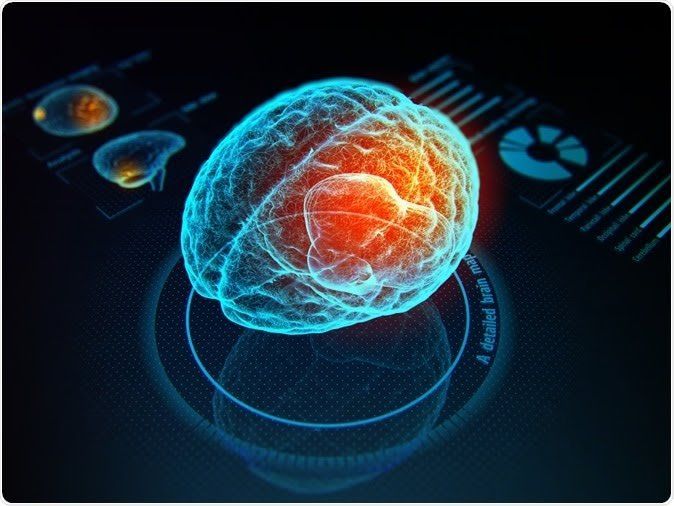Sep 15, 2019
Auto designer LAZARETH has created a flying motorcycle
Posted by Quinn Sena in category: transportation
Auto designer LAZARETH has unveiled its newest motorcycle. It happens to be able to fly with the help of 4 turbine engines.
Auto designer LAZARETH has unveiled its newest motorcycle. It happens to be able to fly with the help of 4 turbine engines.
Lab chemists and computer scientists are joining forces to find a nerve-agent antidote that will go where today s antidotes can t go the brain. Read more about in the latest issue of our Science & Technology Review magazine https://str.llnl.gov/2019-06/valdez
The fantastic floating device called a lifter has no moving parts, no onboard fuel, and no shortage of wide-eyed admirers. Even inside NASA.
The super power issue being invisible the antigravity underground A user’s guide to time travel 8 super powers.
This invention relates to a spacecraft propulsion system utilizing thrusters comprised of a motor-driven electrostatically charged cylinder rotating within an electrostatically charged annular ring for the purpose of creating a spacetime curvature stress-energy tension in the horizontal direction. The thrusters are augmented by magnetic vortex generators, either embedded in the cylinders or located above each thruster, for the purpose of increasing the permittivity of space by permeating each thruster with low density hyperspace energy generated by a wormhole created between our space and hyperspace. A combination of three thrusters mounted on the underside of the hull of the spacecraft provide thrust and yaw motion control.
The replacement of animals as test subjects is one step closer to reality with the successful testing of multi-organ “human-on-a-chip” models to recapitulate the 28-day experiments typically used in animals to evaluate the systemic toxicity of drug and cosmetic compounds. As published and featured as a frontispiece in the prestigious peer-reviewed scientific journal Advanced Functional Materials, the microfluidic device with interlinking modules containing human-derived heart, liver, skeletal muscle and nervous system cells was able to maintain cellular viability and record cellular function in real-time for 28 days.
The University of Central Florida (UCF) in collaboration with the Florida biotech firm Hesperos, Inc., has shown that one of its innovative four-organ in vitro (out of body) model systems is able to realistically replicate in vivo (in body) responses to sustained drug dosing of human cells.
“The technology could allow us, in the very near future, to move chronic drug experiments from animal models to these novel human in vitro models,” said Hesperos Chief Scientist James J. Hickman, who is a Professor at UCF’s NanoScience Technology Center.
Read a National Geographic magazine article about light and get information, facts, and more about photonics.

A new Royal Society report called “iHuman: blurring lines between mind and machine” is for the first time systematically exploring whether it is “right” or not to use neural interfaces – machines implanted in or worn over the body to pick up or stimulate nervous activity in the brain or other parts of the nervous system. It also sets out recommendations to ensure the ethical risks are understood, and to set up a transparent, public-driven but flexible regulatory framework which will allow the UK to lead innovative technology in this field.

Another magical flavonoid!
Researchers have created a compound, that when tested in mice, was able to promote the reconstruction of the myelin sheath surrounding neuronal axons. These findings could pave the way to a new treatment for combating demyelinating conditions such as multiple sclerosis (MS). The findings were published in Glia. “I think we’ll know in about a year if this is the exact right drug to try in human clinical trials,” explained senior study author Larry Sherman, Ph.D., in a recent press release.
“If it’s not, we know from the mouse studies that this approach can work. The question is, can this drug be adapted to bigger human brains?”
Continue reading “Compound Created to Help Reconstruct Myelin in Multiple Sclerosis” »

The Karez is a modern-day engineering marvel and a prime example of a native people working with, not against, the forces of nature to deliver their needs — in this case, water.
From the Series: China From Above: The Living Past http://bit.ly/2AEya5O
Anybody can cook, even if it’s only a fried egg – but not just anyone has the discipline to fast. This ancient practice of abstaining from eating for a day, or sometimes even a week or more has a history of curing a whole host of health problems, but even a brief fast can completely re-boot your immune system.
This practice isn’t without criticism by modern nutritionists and unbelievers, but research implies that when the body is hungry in short spurts, it can kick-start stem cells into producing new white blood cells.
White blood cells, also known as leukocytes, are the cells which the immune system uses to fight against foreign invaders like viruses and bad bacteria.
